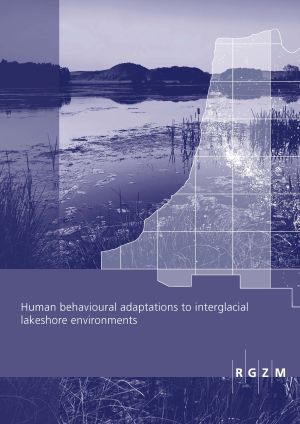
How to Cite
License

This work is licensed under a Creative Commons Attribution-ShareAlike 4.0 International License.
Identifiers
Published
Human behavioural adaptations to interglacial lakeshore environments
During the course of human evolution, we have successfully adapted to various climates and habitats. Interglacial environments, in particular, offer an excellent opportunity to study these adaptations. On the north European plain, interglacials often correlate with the flooding of basins, resulting in the appearance of lacustrine landscapes. These environments exhibit remarkable ecological diversity with highly concentrated and predictable resources. Numerous archaeological sites from the Palaeolithic to the Mesolithic are preserved in these lacustrine landscapes, providing rich sources of potential data. Many of these archaeological sites are well-known as locations for the procurement and butchering of animals, lithic provisioning, gathering vegetal and collecting aquatic resources by humans. These sites are embedded in wetland deposits with favourable conditions for the preservation of organic and botanical remains and are thus exceptional archives for detailed analyses of human adaptations to changing, dynamic environments. In a diachronous perspective from the Middle Pleistocene to the Holocene, the current anthology collates studies on differing aspects of interglacial archaeological lakeland sites, illustrating human survival strategies under similar environmental conditions through the ages. This volume contributes to a core research theme “Human behavioural strategies in interglacial environments” of the MONREPOS Archaeological Research Centre and Museum for Human Behavioural Evolution (RGZM) (Neuwied, Germany). The aim of the research is to undertake a holistic and diachronic analysis of survival strategies under similar environmental parameters, in order to document the evolution of hominin subsistence behaviour and to gauge whether certain subsistence adaptations arose in direct response to distinct environmental conditions.






